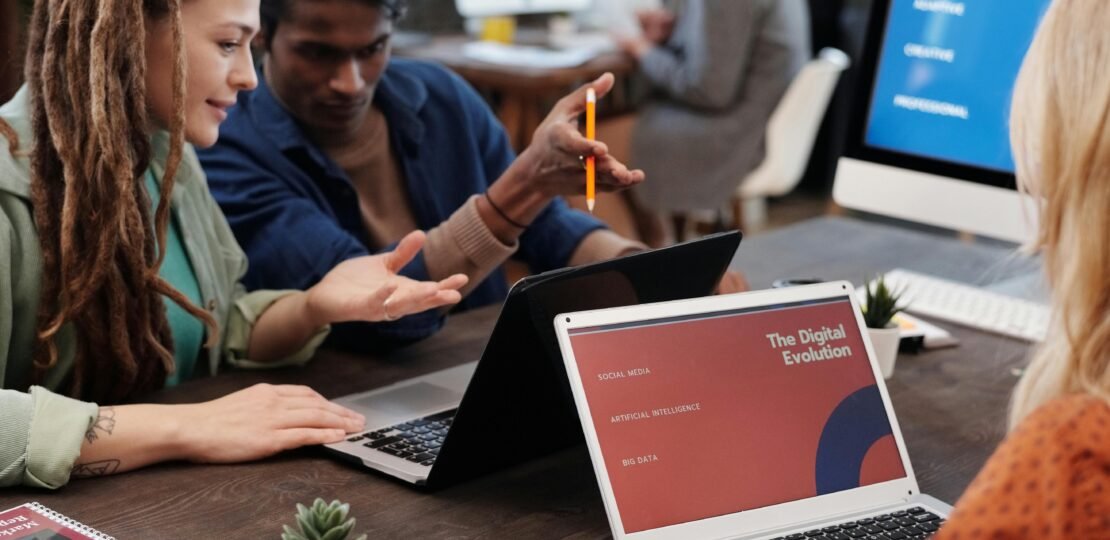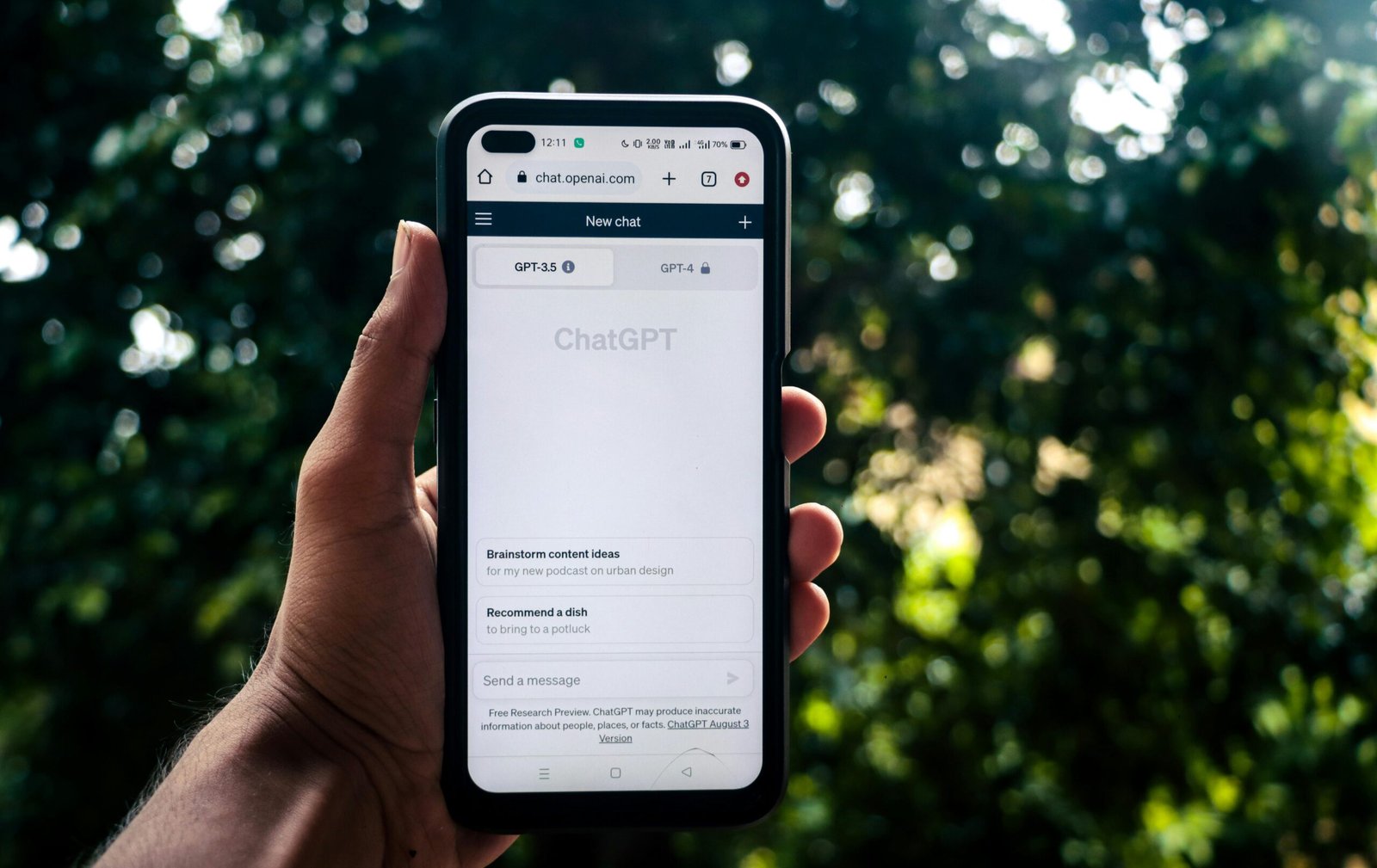AI Creations Edited by Humans? You Can Copyright That, Says US Agency
Human Touch = Copyright Gold
Here’s the deal: If you’re using AI to create books, movies, or other creative works, you can slap a copyright on it—but only if a human has put in the work to edit or modify it. That’s the bombshell dropped by the U.S. Copyright Office (USCO) in a groundbreaking report released this week. No human input? No copyright. It’s that simple.
What Does This Mean for Creators?
Let’s break it down with a real-world example. Imagine a movie studio using AI to “de-age” Brad Pitt or remove a pesky coffee cup from a scene (looking at you, Game of Thrones). According to the USCO, that film can be copyrighted because humans are steering the ship. But if you’re just typing prompts like “draw me a flower in springtime” and calling it a day? Sorry, that’s not cutting it.
“Copyright protection depends on the human touch. AI alone doesn’t cut it.”
U.S. Copyright Office
The Gray Area: AI’s “Expressive” Choices
Here’s where things get spicy. The USCO hasn’t yet ruled on whether AI systems making independent, artistic decisions can produce copyrightable works. Think AI that writes a poem or composes a symphony without human tweaks. The agency plans to tackle this head-on in a follow-up report later this year. Stay tuned—this could change the game.
Key Takeaways
- Human edits = Copyrightable. If you’re polishing AI-generated content, you’re in the clear.
- Raw AI output = No copyright. Prompts alone won’t get you there.
- Case-by-case basis. The USCO is playing it smart, evaluating each scenario individually.
- Big questions remain. Can AI’s independent creativity earn copyright? We’ll find out soon.
Why This Matters
This isn’t just legal jargon—it’s a wake-up call for creators, studios, and tech innovators. As AI tools become more powerful, the line between human and machine creativity is blurring. The USCO’s guidelines are a first step in navigating this brave new world. But one thing’s clear: If you want to own your work, you’ve got to put in the effort.
So, what’s next? Keep an eye on the USCO’s follow-up report. It could redefine how we think about creativity, ownership, and the role of AI in art. Until then, keep creating—and keep editing.



